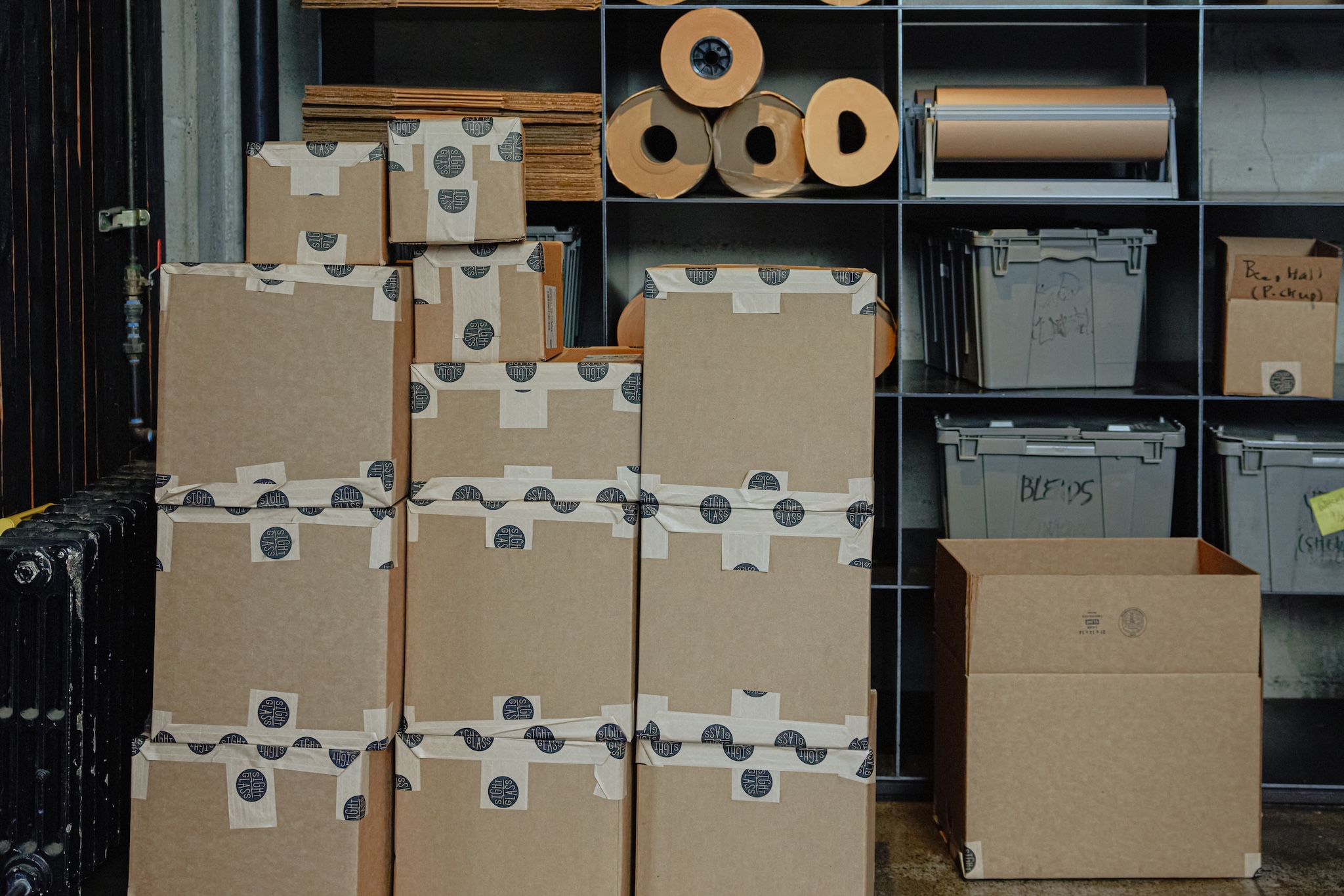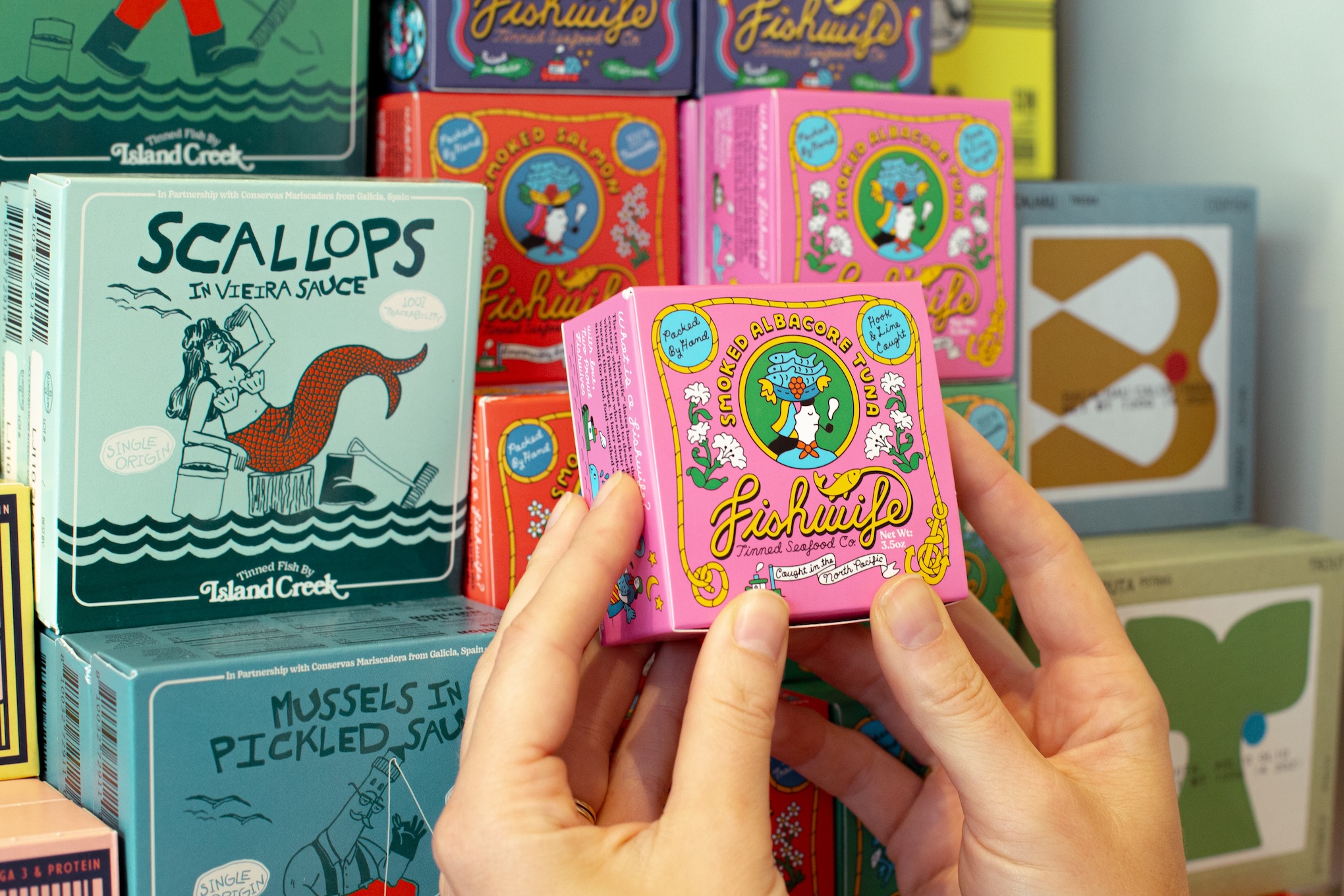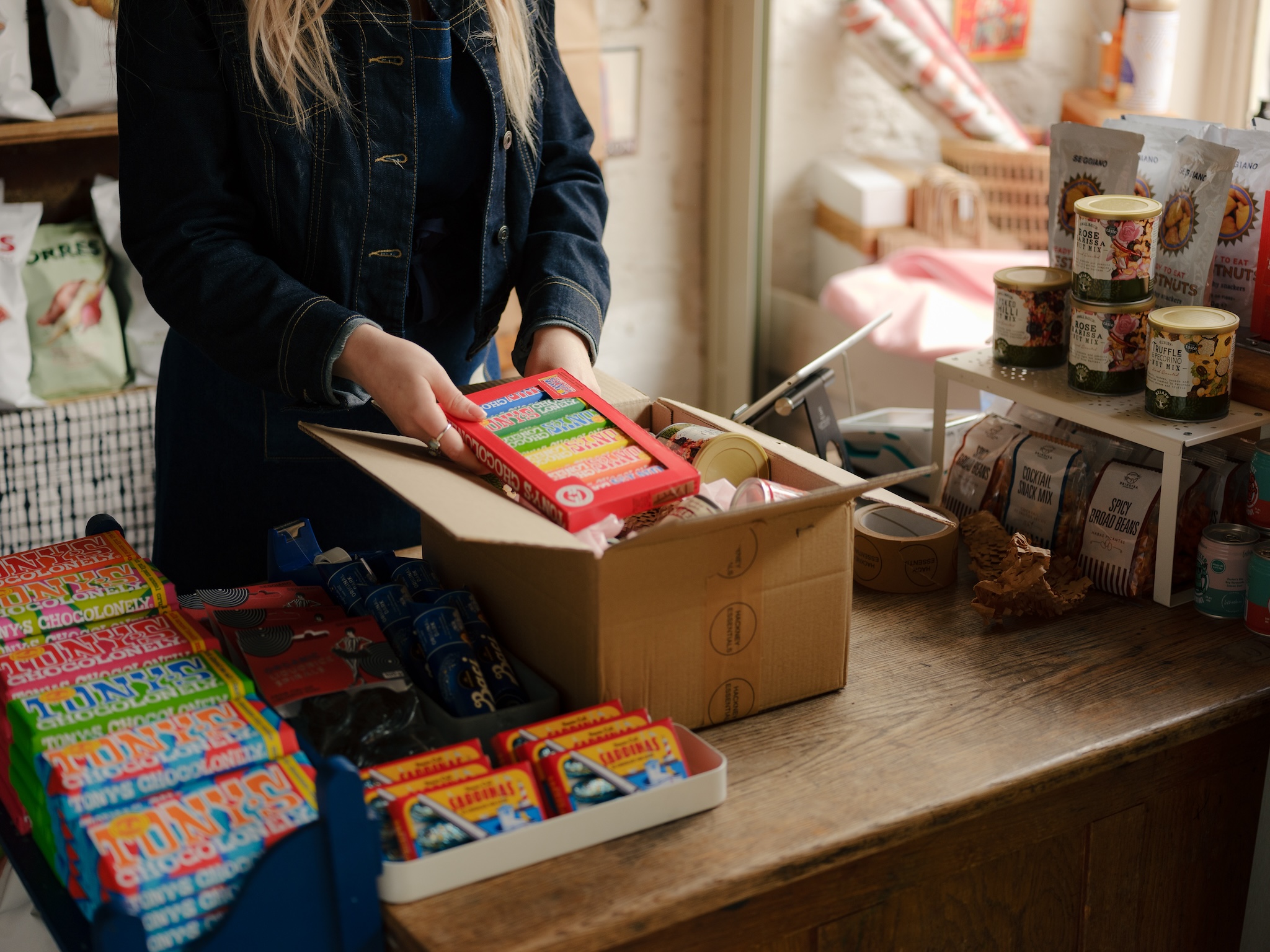

In today’s world of frequent and fast trend cycles, pretty much every business is going to have dead stock at one point or another. But what does “dead stock” mean?
What is dead stock?
Put simply, dead stock is inventory that doesn’t sell and cannot be returned to the manufacturer: These products will likely not sell in the future because they’re expired, obsolete, out of season, or of lower quality. For example, let’s say you have a clothing business and sell coats during the winter months. Come summer, any of those extra, unsold winter coats are now dead stock. Or perhaps you’re an office supply boutique: A tech product from last year that is no longer the most cutting-edge option is now considered dead stock.
Ending up with dead stock can stem from over-ordering, placing orders based on instincts rather than data, or chasing fast-fading trends over quality items. However, even the most savvy retailers end up with dead stock sometimes—the trick is putting a strategy into place to reduce its likelihood. Let’s explore how you can minimize dead stock and what to do if you can’t avoid it.
Deadstock vs. dead stock
In some contexts, deadstock is actually coveted by shoppers because the items are no longer available in stores—and their scarcity makes them that much more desirable. For example, trendy sneakers, which are more about the brand than the functionality of the shoe, are popular even once they’re technically considered deadstock. “Deadstock shoes” is a common search term for such consumers! Vintage clothes and designers have a similar reputation. When we refer to inventory you have trouble selling, that’s dead stock.
How dead stock can hinder your business efforts
If you have dead stock inventory, you have to put it somewhere, and that storage space—whether in a warehouse or the back of your store—could be used to shelf valuable bestsellers. The inventory also depreciates, and the longer it goes unsold, the more obsolete it becomes or, in some cases, the more likely it is to actually expire. There’s also an opportunity cost: By buying inventory that became dead stock, you missed out on the potential profit from an item that would have otherwise sold.
For example, let’s say you sell home goods:
- You buy 400 pine-scented candles for the holiday season, for $10 each. That’s an investment of $4,000.
- You planned to sell the candles for $20 each, for $8,000 in sales, which would yield a net profit of $4,000 when you exclude other expenses.
- By January, you sold half of the 400 candles, leaving 200 candles that are now out of season and considered dead stock.
- That’s $2,000 that you could have used for other products, to pay employees, or to put toward spring marketing.
In addition to the opportunity cost, you also need to pay for a place to store the candles. In short, the money you could have gained from the dead stock candles is working against you and your efforts to move your business forward.
How to minimize dead stock
In an ideal world, we’d avoid dead stock altogether, but that’s nearly impossible. Even with careful planning, shoppers don’t always purchase predictably. To minimize dead stock, it takes patience, practice, and a thoughtful strategy in terms of how you approach and order products.
- Assess your marketing efforts: To start, take a step back and evaluate your retail marketing efforts to make sure you’re putting your best foot forward. You want shoppers to have a memorable and seamless experience with your store. Do you have clear signage? Attractive window displays? Do you have a solid social media presence?
- Survey your customers: Surveying customers is a great way to understand the market’s demand. By directly asking your shoppers what they want, you can ensure you’re fulfilling their needs and avoiding potential dead stock.
- Start small: When ordering new products, start with small quantities to ensure there’s traction once your customers actually have the option to buy. Buying less more often—enough for a month, rather than a year or even a quarter—reduces your risk of dead stock. Be careful with backorders as well. It can seem smart to stock up once you’ve sold out of something, but treat those sellers with just as much discretion as you would any other product.
- Research trends and data: Crunch some numbers to ensure you’re not buying something that’s about to go out of style. It can be tempting to buy based on your own personal taste, but market research is a helpful way to confirm your instincts. (Here at Faire, we tap industry experts and our own search and purchase data to predict the top trends of the upcoming year.)
- Use an inventory management software: Lean on technology that can alert you to any issues early so that you can address them before they become a bigger problem. All your employees can log into these digital, cloud-hosted systems, ensuring everyone’s on the same page.
What to do with your dead stock?
Whenever you find yourself with dead stock, don’t worry, there are ways to breathe new life into your products when necessary. This could be as simple as refreshing a display, but you could also play with bundling certain products together in a new way, building loyalty with a few freebies, or throwing a strategic sale. It’s helpful to view dead stock as an opportunity to get creative and provide unique experiences for your customers. You can even donate dead stock to charity and receive a tax write-off.
There’s always a push and pull with inventory, but it’s helpful to be as prepared as possible and learn how to keep the right amount of products on your shelves. With some careful planning and insight into your customers’ needs, you’ll find the balance that makes the most sense for your business.
Are you opening a new retail store? Read about Open with Faire and learn how to apply for up to $20,000 to use toward buying products on Faire.



